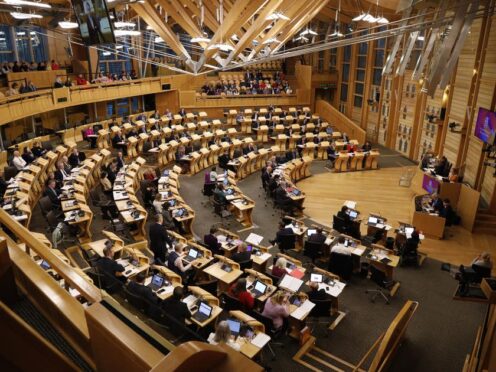
Removing the definition of women from legislation which aims to increase the quota of women on public boards has been approved by a Holyrood committee.
The Scottish Parliament’s Equalities Committee recommended the amendment to the Gender Representation on Public Boards Act.
The Act, passed in 2018, sets the aim of having 50% of women as non-executive members on public boards.
The original legislation defined a “woman” to include all transgender women, regardless of whether they had a gender recognition certificate (GRC).
The amended version, if approved by the wider Scottish Parliament, will remove the definition of a women which includes “a person who has the protected characteristic of gender reassignment… if, and only if, the person is living as a woman and is proposing to undergo or has undergone a process (or part of the process) for the purpose of becoming female”.
It came after feminist campaigners For Women Scotland challenged the definition in the Court of Session, which ruled the wording unlawful.
Effective from April 2022, a senior judge stated Holyrood did not have the legislative competence to “expand the definition of women”.
The ruling said it impinged on protected characteristics within the reserved Equality Act 2010.
Last year, ministers put the amended version of the Act before Parliament, to remove the definition.
Committee convener Karen Adam said: “Our committee is satisfied that this Bill provides a technical fix, in order to tidy up the statute book, following the rulings of the Court of Session.
“We would like to thank everyone who shared their views with us during the consultation period.”
The Act will still allow trans women with a GRC to be counted as part of the gender balance scheme.

Enjoy the convenience of having The Sunday Post delivered as a digital ePaper straight to your smartphone, tablet or computer.
Subscribe for only £5.49 a month and enjoy all the benefits of the printed paper as a digital replica.
Subscribe